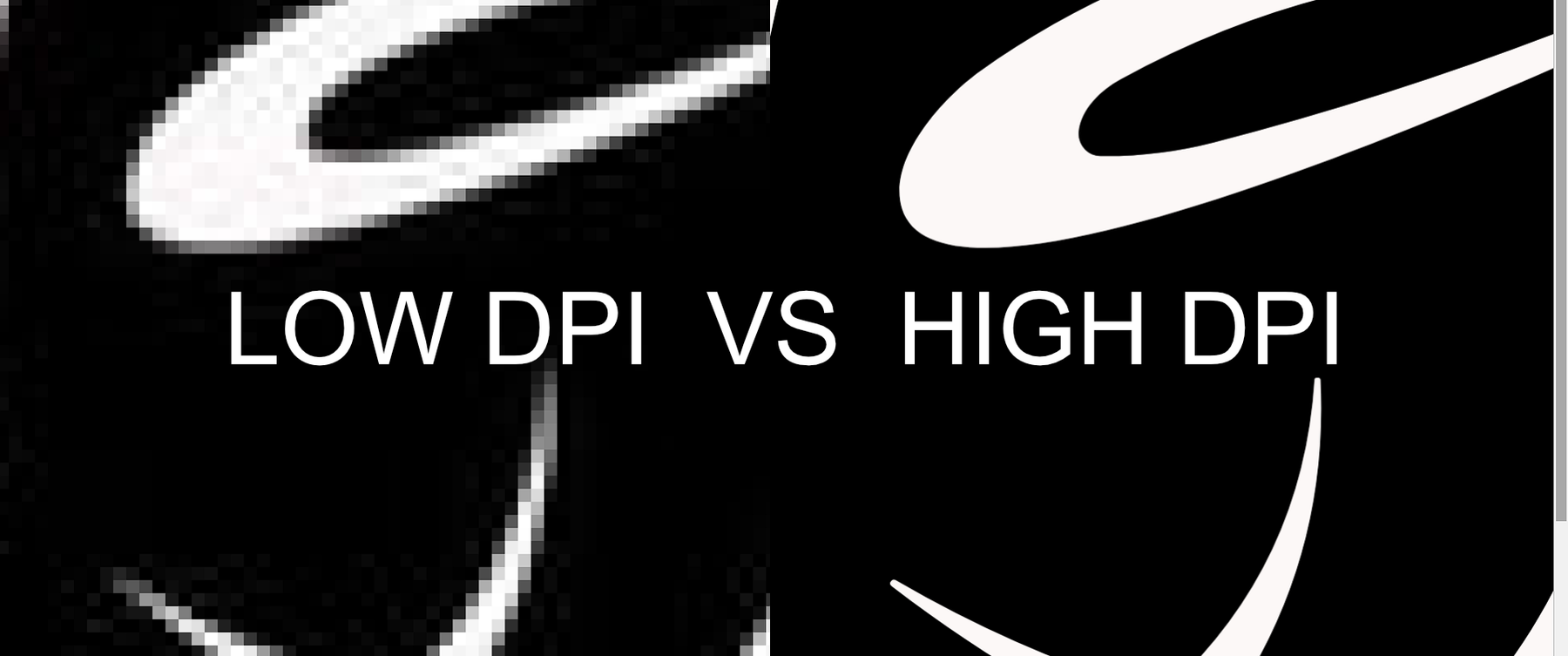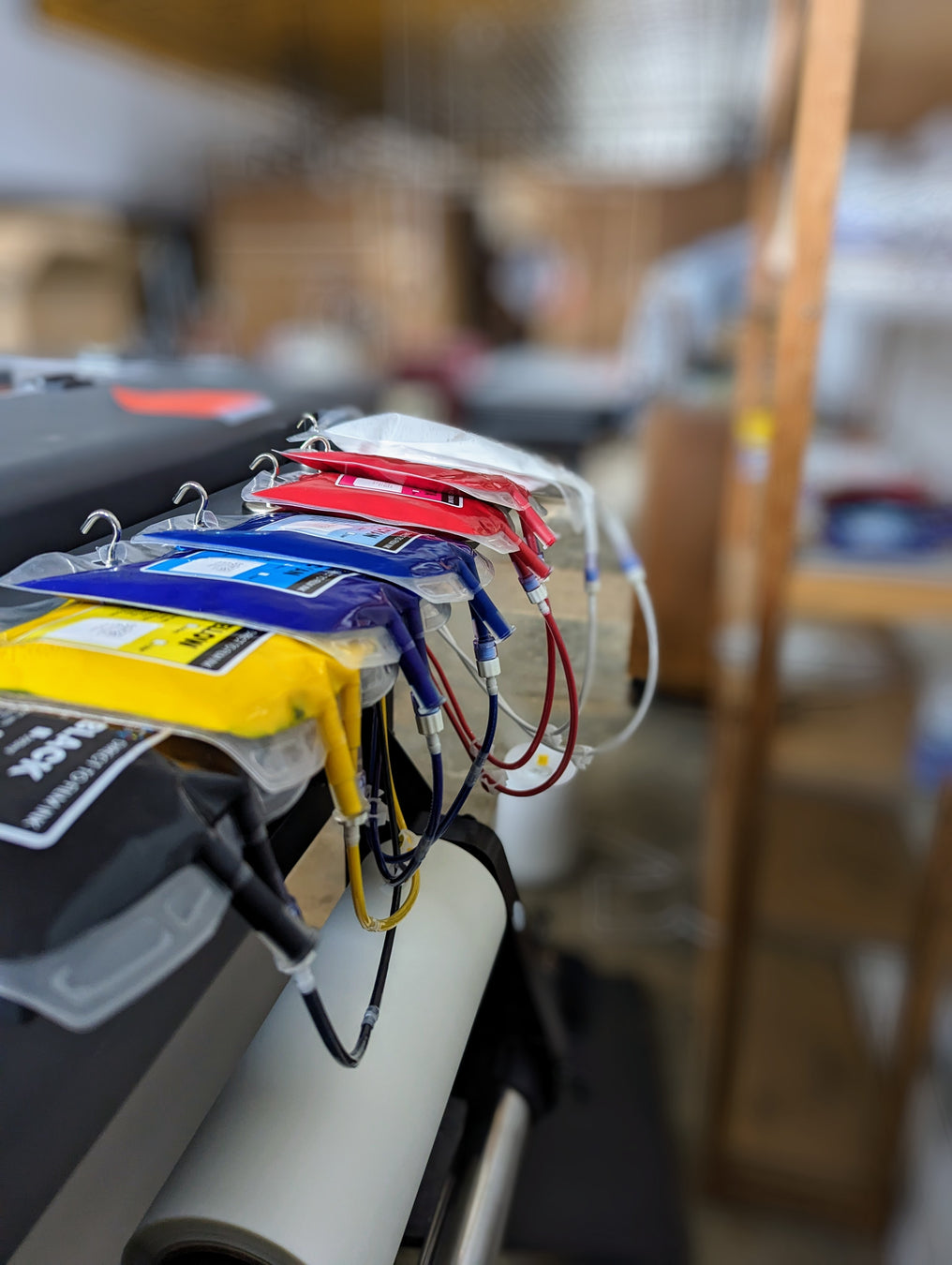
DTF Gang Sheet Tutorial
Create your custom gang sheets with thousands of our DTF designs or use your own designs! Click below to learn how!

In the bustling world of Direct to Film (DTF) printing, the adage "a picture is worth a thousand words" has never been more relevant. However, not all pictures are created equal. Just as a poorly written book can disappoint readers, even with a fantastic topic, low-quality artwork can turn a fantastic design into a disaster. At Armor Ink, we believe in the distinction between high and low quality and we strive to ensure every image we process resonates with clarity, precision, and brilliance. This commitment to quality, coupled with our dedication to customer education, is what sets Armor Ink miles apart from our competition.
To understand the distinction between high and low-quality artwork, it's crucial to grasp the basics of these three core concepts:
DPI is often the first metric that professionals turn to when evaluating image quality. Essentially, it measures how many dots (or pixels) are packed within one linear inch of an image.
Pixel-based (or raster) images are made up of tiny, colored squares. The number and arrangement of these squares determine the image's clarity, color, and overall quality.
Vector graphics are different from Pixel images. Instead of relying on colored squares, they use mathematical equations to map out an image.
We understand that not everyone is an expert in graphic design. That's why, when our customers upload their artwork—be it for gang sheets or specific sizes—we don't merely print it as-is. Instead, we offer an art upgrade service. This involves:
At Armor Ink, we believe that a well-informed customer is a successful one. Rather than keep you in the dark about technical jargon, our team takes the time to explain the intricacies of artwork quality, ensuring you make the best decisions for your printing needs, which will lead you to long term success for your business.
Our ultimate goal isn't just to print your designs—it's to be your partner in success. By helping you understand the nuances of artwork quality, we're investing in your business's long-term growth and reputation.
In the world of DTF printing, where every dot and detail can make a world of difference, choosing a partner that values quality is paramount. At Armor Ink, we are that partner. Through our art upgrade services, customer education initiatives, and unwavering commitment to excellence, we ensure your printed products stand out in the best possible way. Remember, in the vast canvas of DTF printing, every pixel counts—and with Armor Ink, each one is treated with the respect and precision it deserves to defend your style!

Create your custom gang sheets with thousands of our DTF designs or use your own designs! Click below to learn how!

Not quite ready to use the gang sheet builder? Just select the size you want printed, upload your file, and receive your perfectly made DTF transfer!